
Soy
Oscar Luis Sánchez Jara
Dev-Lusaja
Hola!!!
Acerca de mi:
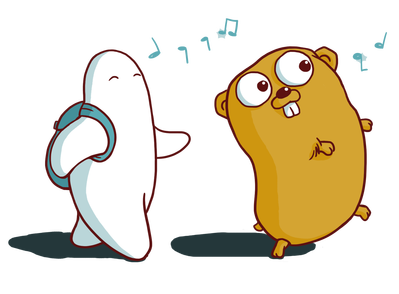


Sígueme en:
/dev_lusaja
/dev-lusaja



Conociendo

GOLANG
¿Qué es GO?
Es un lenguaje de programación de código abierto que permite construir de manera sencilla un software que sea simple, seguro y confiable.
Historia . . .
Fue desarrollado por los ingenieros de Google Robert Griesemer, Rob Pike, y Ken Thompson en el 2007 como alternativa al C++.
El lenguaje fue liberado en noviembre del 2009 y ahora se utiliza en algunos de los sistemas de producción de Google.
Características
- Combina una sintaxis parecida a C con las características y la facilidad de los lenguajes dinámicos como Python.
- Tipado estático.
- Compilado.
- Concurrencia.
- Orientado a Objetos. (Interfaces)

Algunos grandes que utilizan GO





¿Porqué utilizar GO?
- No depende de ninguna versión de sistema operativo.
- Permite construir aplicaciones web de manera simple.
- Tiene un sistema recolector de basura que ayuda a optimizar la memoria RAM.
- Es open source.
- Cuenta con una numerosa comunidad a nivel mundial.
- Su compilador ayuda a limpiar el código fuente.
Primeros
pasos
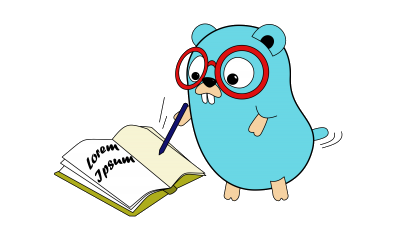
Mi experiencia instalando GO
$ mkdir $HOME/go-projects
$ export GOPATH=$HOME/go-projects $ export PATH=$PATH:$GOPATH/binEspacio de trabajo
go-projects/
bin/
hola # comando ejecutable
pkg/
linux_amd64/
github.com/golang/example/
example.a # paquetes externos
src/
hola/
hola.go # código fuente$GOPATH
Estructura del código
package main //nombre del paquete
import (
//paquetes importados
)
func init() {
//función de inicialización
}
func main() {
//función principal del programa
}Especificaciones del lenguaje
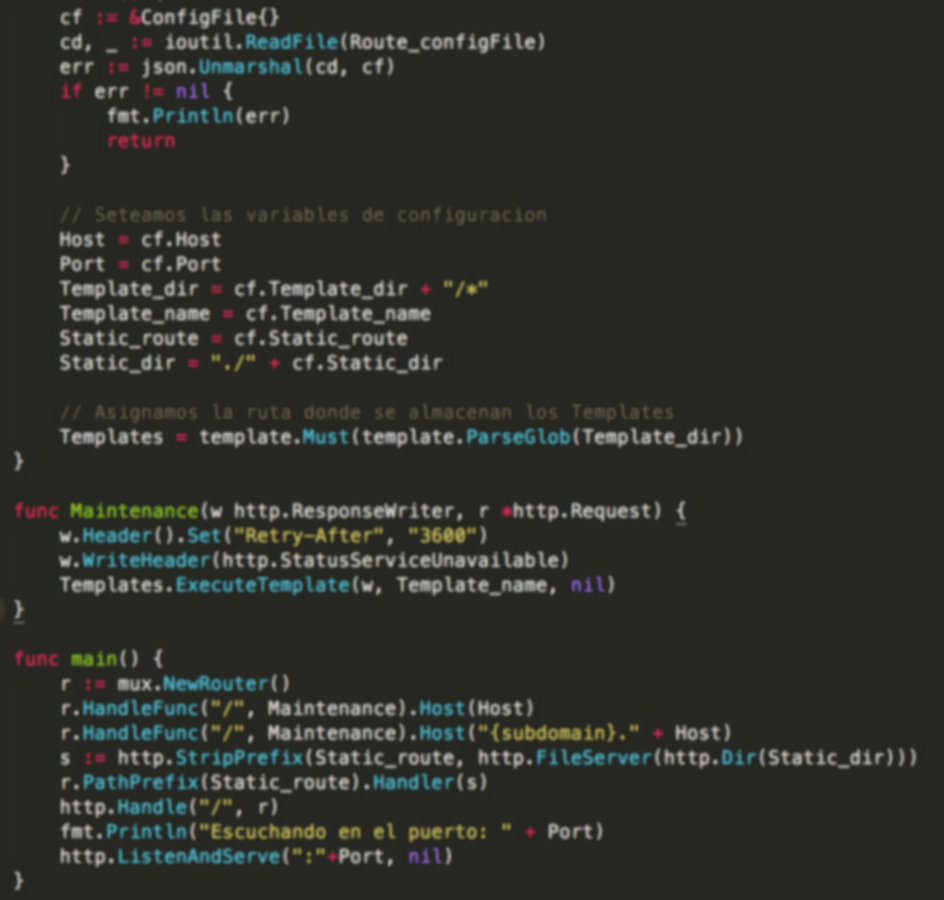
Tipos de datos
Tipo Boolean
Tipo Numeric
uint8 the set of all unsigned 8-bit integers (0 to 255)
uint16 the set of all unsigned 16-bit integers (0 to 65535)
uint32 the set of all unsigned 32-bit integers (0 to 4294967295)
uint64 the set of all unsigned 64-bit integers (0 to 18446744073709551615)
int8 the set of all signed 8-bit integers (-128 to 127)
int16 the set of all signed 16-bit integers (-32768 to 32767)
int32 the set of all signed 32-bit integers (-2147483648 to 2147483647)
int64 the set of all signed 64-bit integers ( +- 9223372036854775808)
float32 the set of all IEEE-754 32-bit floating-point numbers
byte alias for uint8
rune alias for int32
Tipo String
Tipo Array
Tipo Slice
Tipo Struct
Tipo Pointer
Tipo Function
Tipo Interface
Tipo Map
Tipo ChannelVariables
var (
nombre string
edad int
)
var nombre string
var edad int
var nombre = "Oscar"
func main(){
nombre, edad := "Dev-lusaja", 25
}Constantes
//character, string, boolean or numeric
const (
nombre string
edad int
)
const nombre string
const edad int
func main(){
const nombre = "Dev-lusaja"
}Funciones
package main
// importamos la librería fmt para hacer impresiones en pantalla.
import "fmt"
// recibimos 2 valores enteros y devolvemos un valor entero.
func suma(v1, v2 int) int {
res := v1 + v2
return res
}
// función principal del programa.
func main() {
res := suma(1,1)
fmt.Println(res)
}
//Resultado
//2Estructuras
package main
import "fmt"
//Definimos un tipo de estructura llamada Usuario
type Usuario struct{
nombre string
edad int
}
func main() {
//Creamos una nueva estructura de tipo Usuario
usu := Usuario{"Dev-lusaja", 25}
fmt.Println(usu)
}
//Resultado
//{Dev-lusaja 25}Interfaces
package main
import "fmt"
type Shaper interface {
Area() int
}
type Rectangle struct {
length, width int
}
func (r Rectangle) Area() int {
return r.length * r.width
}
func main() {
r := Rectangle{length:5, width:3}
fmt.Println("Rectangle r details are: ", r)
fmt.Println("Rectangle r's area is: ", r.Area())
s := Shaper(r)
fmt.Println("Area of the Shape r is: ", s.Area())
}Punteros
package main
import "fmt"
func Valor(val int){
val = 0
}
func Valor2(val *int){
*val = 0
}
func main() {
v := 1 //Resultado
fmt.Println("Valor inicial:", v) //Valor inicial: 1
value(v) //Usando func Valor: 1
fmt.Println("Usando func Valor:", v) //Usando func Valor2: 0
value2(&v)
fmt.Println("Usando func Valor2:", v)
}Recursos
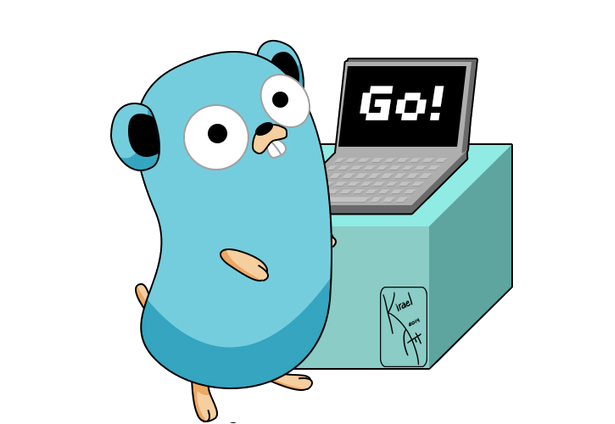
- www.golangbootcamp.com/book/_single-page
- golang.org/doc/
- gobyexample.com/
